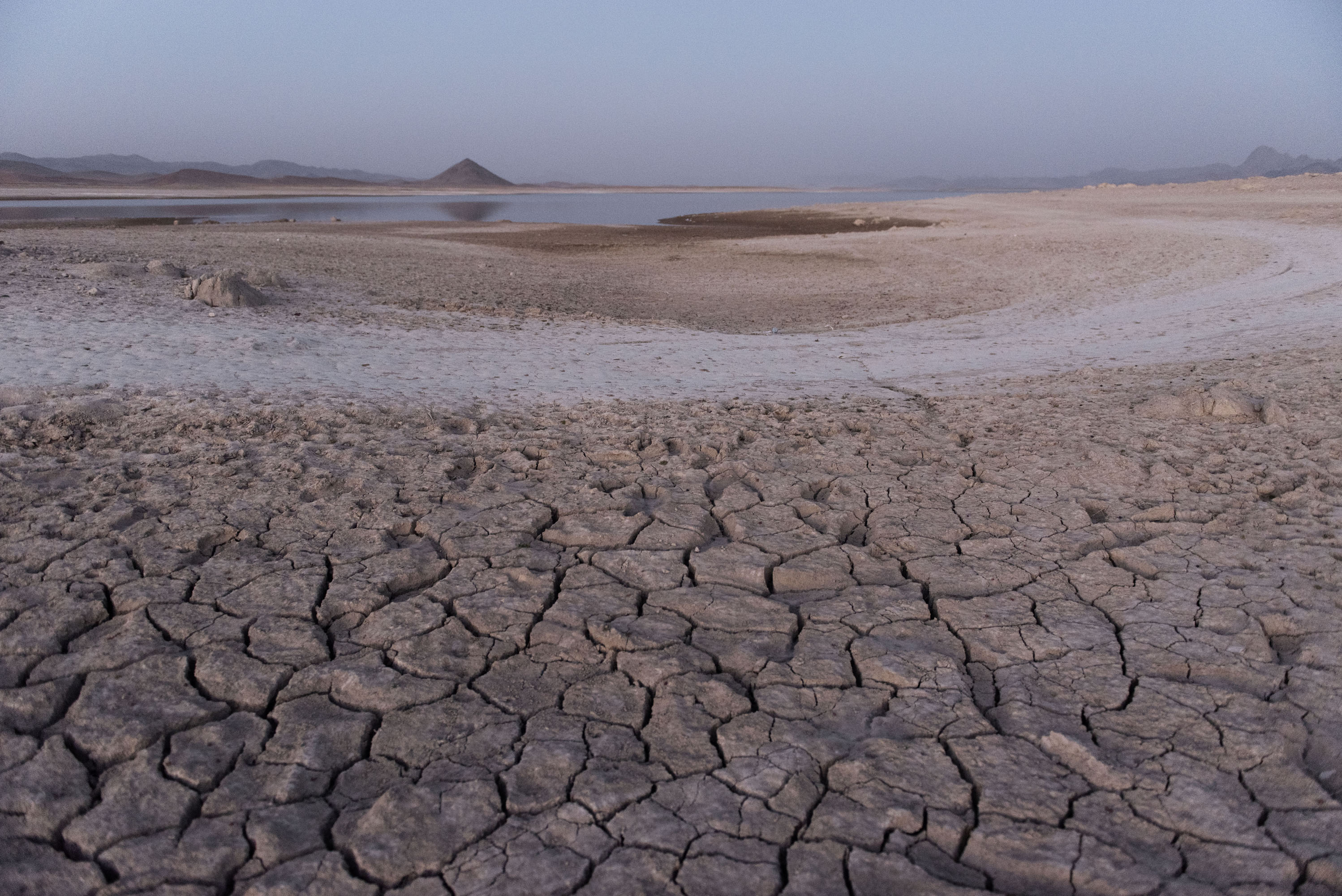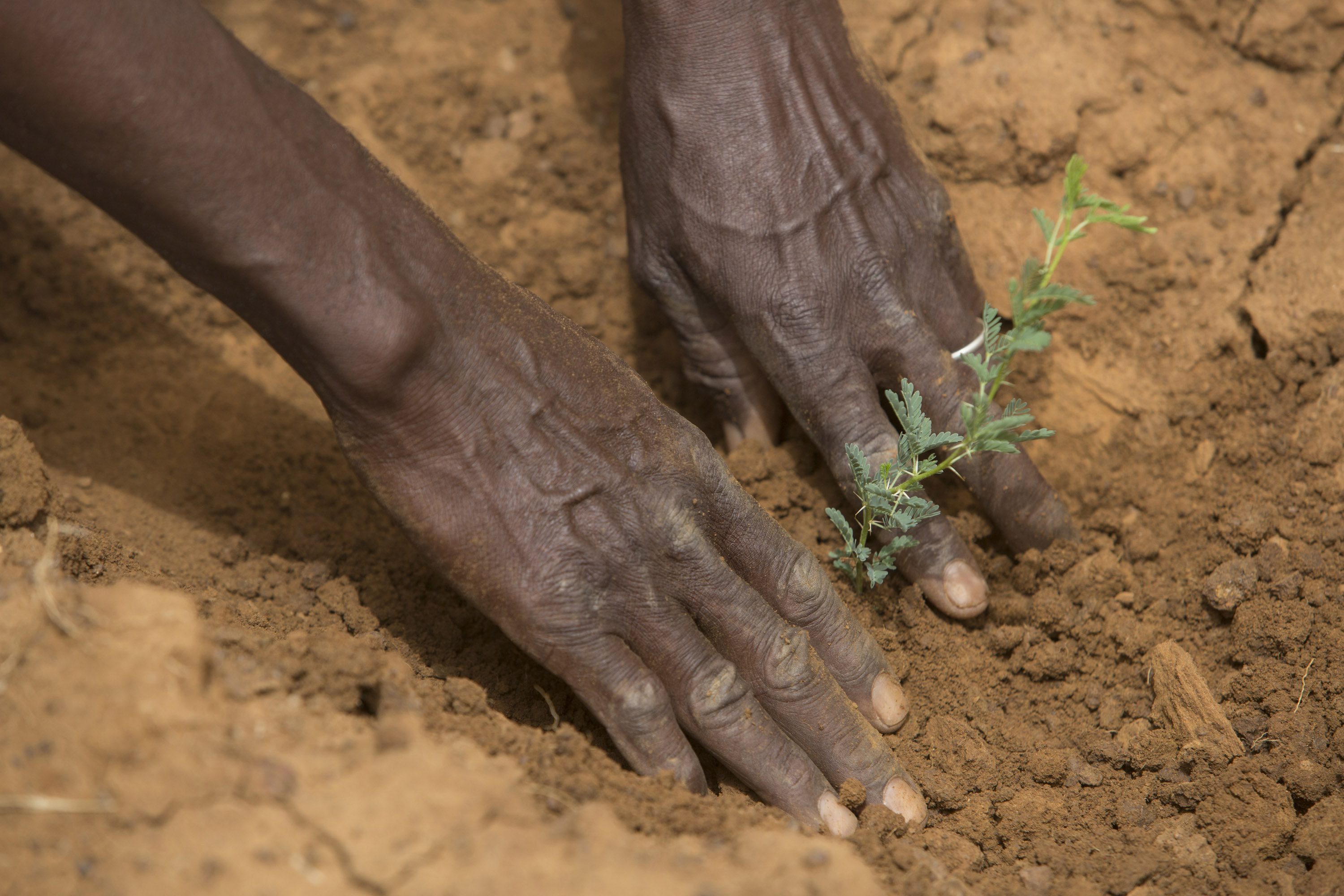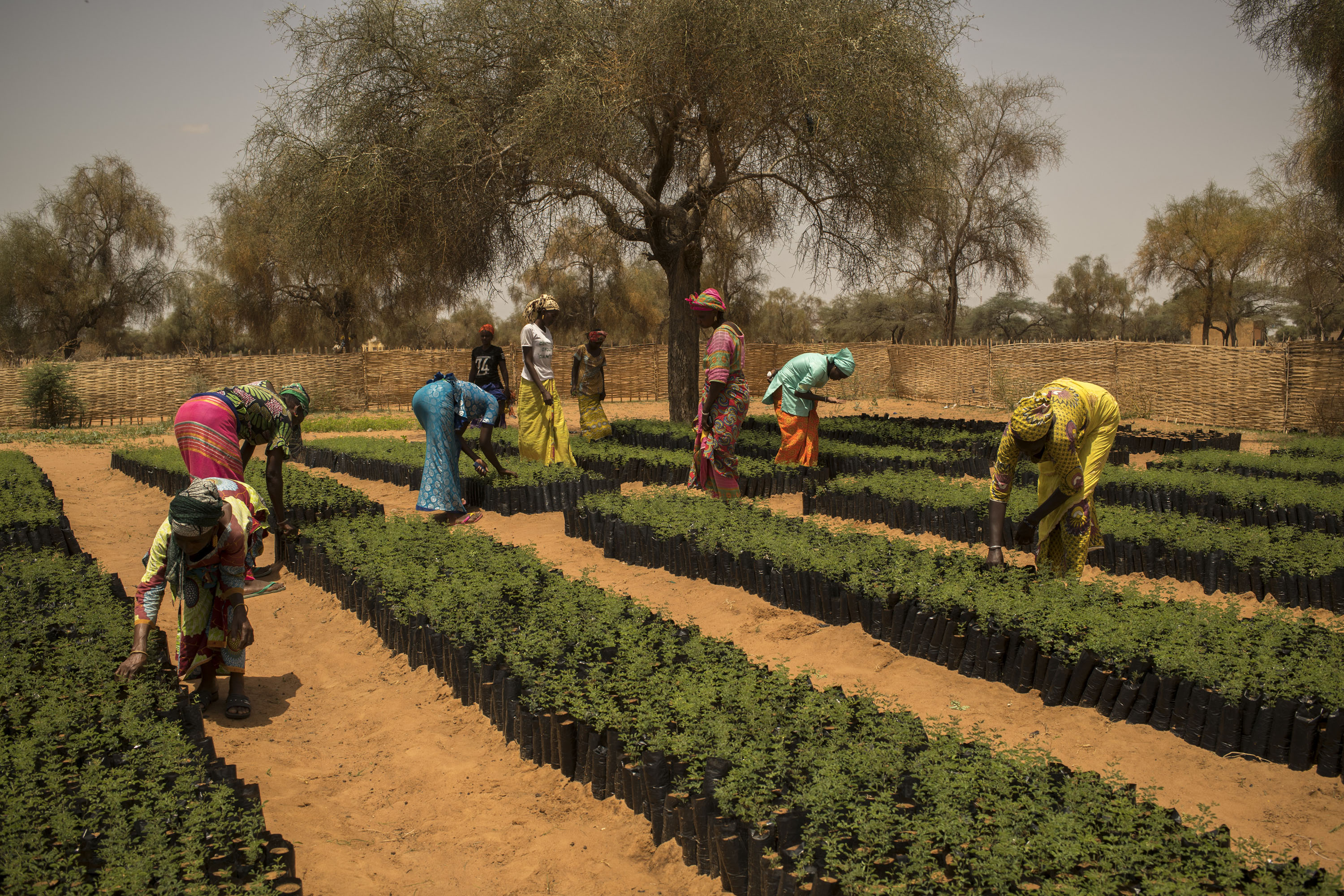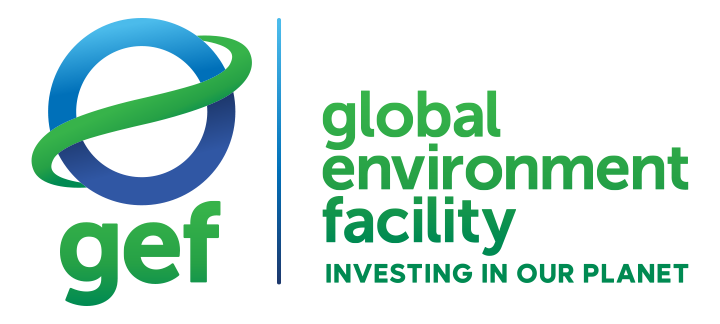.png?sfvrsn=249902fb_0)
The DSL-IP in numbers
With USD 104 million funding under the Global Environment Facility (GEF) -7 funding circle, along with over 800 million co-financing, the Sustainable Forest Management Impact Program on Dryland Sustainable Landscapes aims to move the needle on Global Environmental Benefits (GEBs), and is assisting 11 countries across Africa and Asia in: a) fostering resilience of production systems in drylands; b) promoting restoration and rehabilitation; and c) improving livelihoods through a comprehensive landscape approach.
Program goals
- Reach close to 1 million direct beneficiaries and bring 12 million hectares of drylands under sustainable land management, including 1.1 million hectares primarily benefitting biodiversity and preventing deforestation of 10,000 hectares of high conservation-value forests.
- Improve management effectiveness in 1.6 million hectares of protected areas and restore 0.9 million hectares of degraded land in the drylands. All these activities will result in total greenhouse gas emission reductions of 34.6 million tonnes of carbon dioxide equivalent (tCO2e).
- Engage with many other countries facing similar challenges to generate more global environmental benefits, while scaling up and out effective approaches.
Tackling common management challenges in drylands
The program is fostering resilience of agro-ecological systems and forests in three geographic clusters of drylands: Miombo/Mopane of Southern Africa, Savannas of East and West Africa, and temperate grasslands, savannas and shrublands of Central Asia. Designed to deliver scalability beyond the boundaries of the 11 targeted countries, this intervention places a particular emphasis on common management challenges, recognizing the importance of transboundary commitment towards dryland restoration, landscape management at scale, and biodiversity conservation.

- #FAOForestry






.png?sfvrsn=99f00fbc_1)